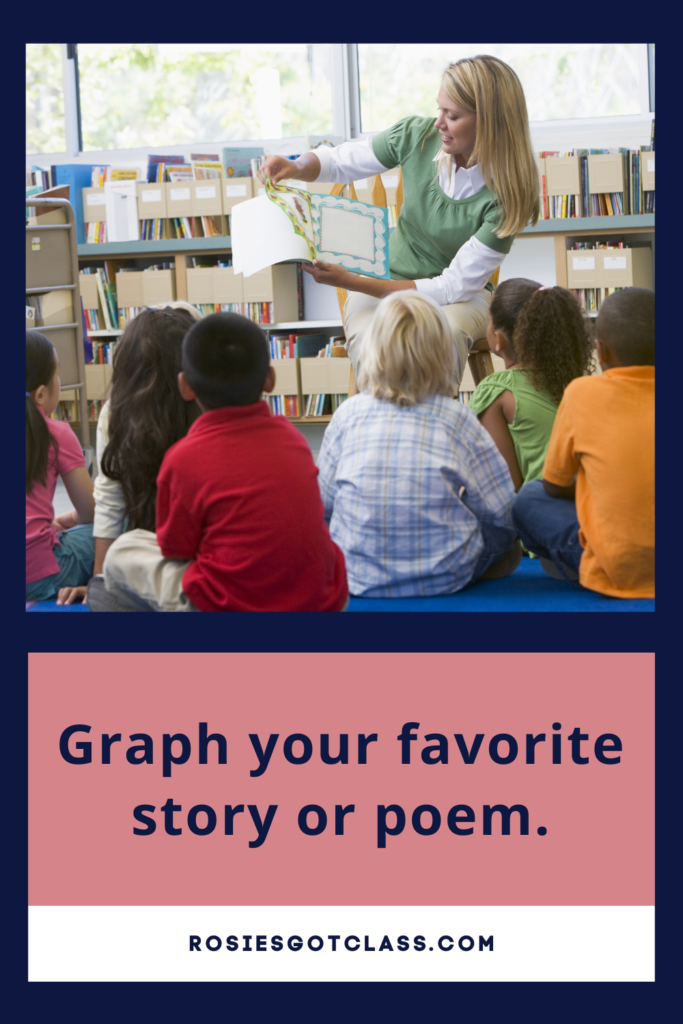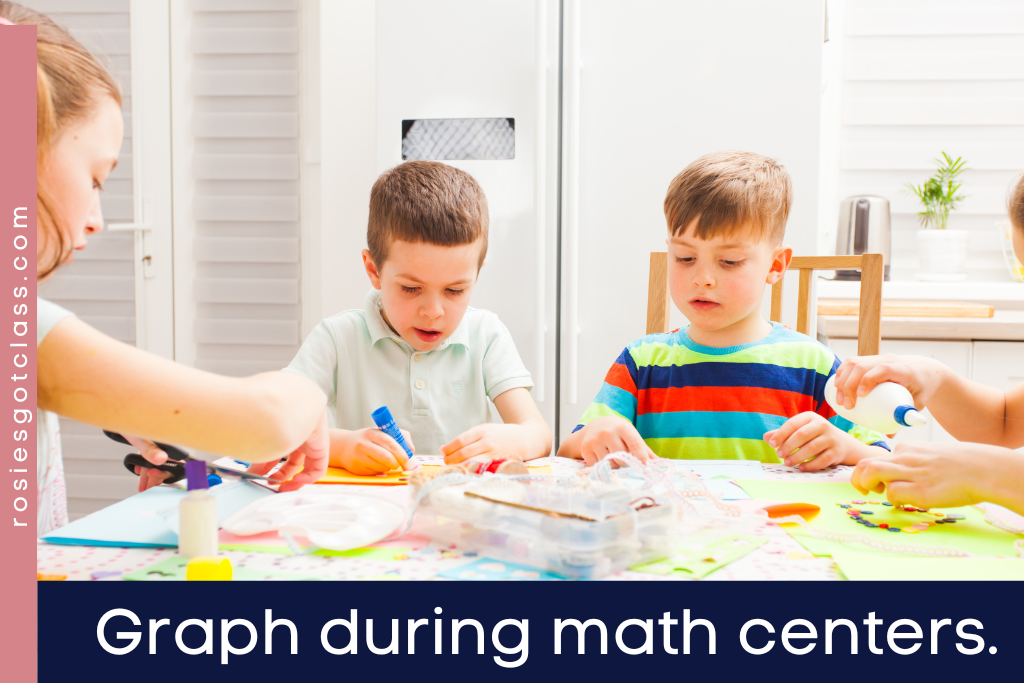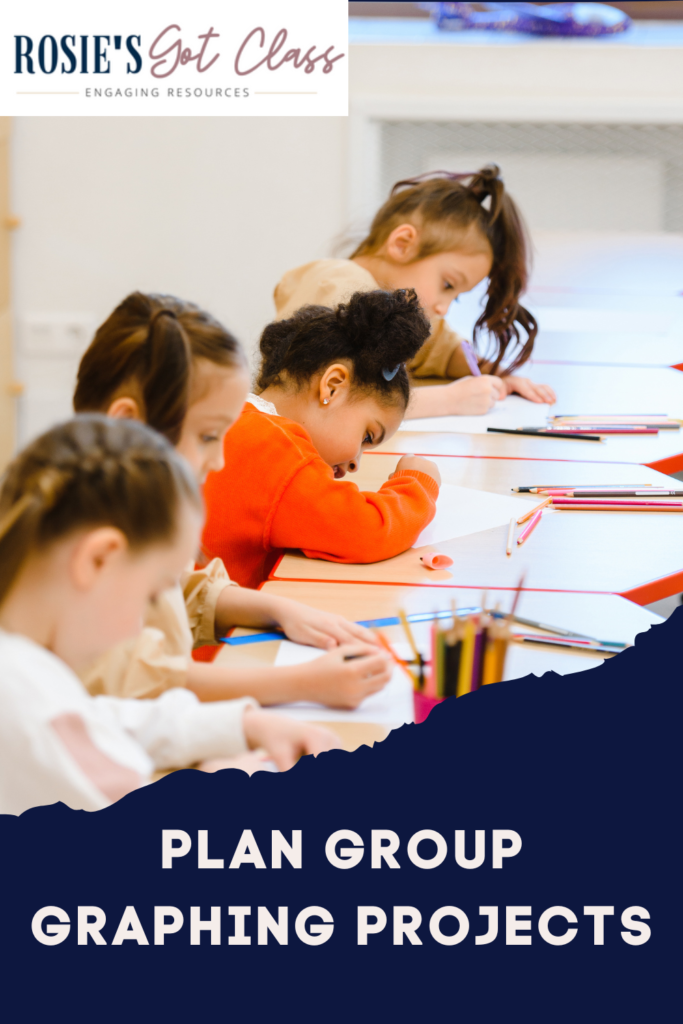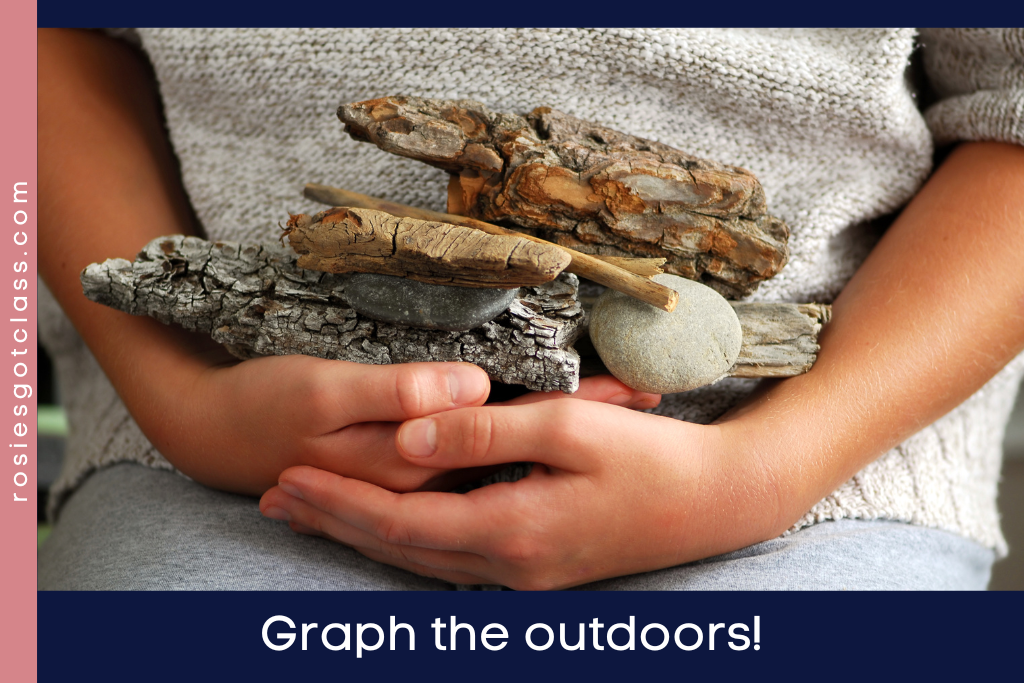
Graphing activities are a perfect way to keep your students engaged as the school year winds down. They are fun, hands-on, and simple for you to plan. Your class will love them because they are meaningful to your students, and everyone is involved in the activity. If collecting data is part of the activity, then all students can choose their own opinion. They have ownership in their learning, and they love sharing their projects. Keep your class busy with these fun ideas that I have shared below.
Learning to measure is another fun math activity at the end of the school year. These simple measurement activities are simple to prep, and your students will love them! It is hands-on and a practical skill that your students will be excited to learn and enjoy. Type your name and email in the correct boxes if you would like three FREE measurement activities, and I will send them to you for your classroom.
Graphing activities can be used in a variety of ways throughout the school day. They are not limited to math time only. You can use them in your morning meetings, while reading stories, during math centers, and as a graphing project for the entire class. Since they are so versatile, they are easy to incorporate into your school day. Your students will love them and so will you!

Graphing Activities #1: Graph Your Favorite Story or Poem
You can read a story or a poem during your morning meeting each day for an entire week. Then at the end of the week, you can have your students choose their favorite one that has been read during the week. This gives you a morning meeting activity that lasts all week. It is simple for you to plan, and your students will love listening to the stories or poems. Another suggestion is you read some fairy tales one week, some poetry during April which is National Poetry Month, or read some books about a certain theme such as polar animals, jungle animals, or pets. Since there are often a variety of fairy tale versions, you could vote on the best version and graph the results. The possibilities are endless!

Graphing Activities #2: Graphing During Math Centers
Keeping children engaged during math centers is simple if you have a die, a white board, marker, and eraser. Have students roll the dice and keep track of how many times they have rolled each number. They can simply make tally marks next to the numbers 1-6. Have them see which number is rolled the most, which number is rolled the least, and if there are any numbers that are rolled the same amount of times.
Another idea is to have them flip a coin and see how many times it lands as heads and how many times it lands as tails. They will love flipping the coin, and this information can also be recorded on a whiteboard.

Graphing Activities #3: Group Graphing Projects
At the end of the school year, it is exciting to work on a graphing project. My students have loved gathering the information and then putting it into a graph to share with the rest of the class. I love seeing them use their clipboards and asking their classmates the question they have chosen to gather information about to make their graphs. Here are a few ideas to help you begin. They can make graphs about how many pets are owned by classmates, how many letters are in their entire name, their birthdays, and their favorite activity after school.
Directions:
After your students have gathered the information, I have them work together to make a big graph to share with the rest of the class. I give them a piece of paper or a posterboard (or any large size paper), and they have to decide how to present the information. The graph needs a title, and the categories have to be labeled. I think an important part of the learning process is for them to decide what kind of graph to use to share the data they have collected. It can be a bar graph, a pictograph, or a tally chart. It also needs a key if it is necessary. I love watching their creativity as they take ownership in this graphing activity.

Graphing Activities #4: Graph the Outdoors
At the end of the school year, everyone wants to be outside. They want to play. Use this to your advantage! Give each child a small bag to collect a certain number of items. I usually have my class collect 3 items. They can choose to collect three of the same items or three different items. Then go back inside the classroom and sort the items. Then as a class decide how to graph the items. This activity gives you many opportunities to discuss the important parts of a graph including the title, the categories, and how to present the information. They have to decide what key to use and what kind of graph to use. Is it best to use a bar graph or a pictograph? This is a great way to apply all of the learning that has been gained.
Graphing is Fun!
Each of these projects can help your students see that graphing is fun! After you have completed the graphing activities, you can discuss a variety of questions. Which category had the most? Which category had the least? Are there any categories that have the same amount? How do you know this? By discussing these concepts, you can help your students gain a deeper understanding of graphing.
In conclusion, graphing is more than just looking at a graph and reading it. When your students are engaged with finding the information, the depth of knowledge is deepened. These activities are fun and hands-on to make graphing a real world experience for your young learners. It is a win for your students! The best part is that it is also a win for you because all of these activities are simple to prepare which helps you at the end of the school year. Happy graphing!
Here are some other articles you might find helpful.


